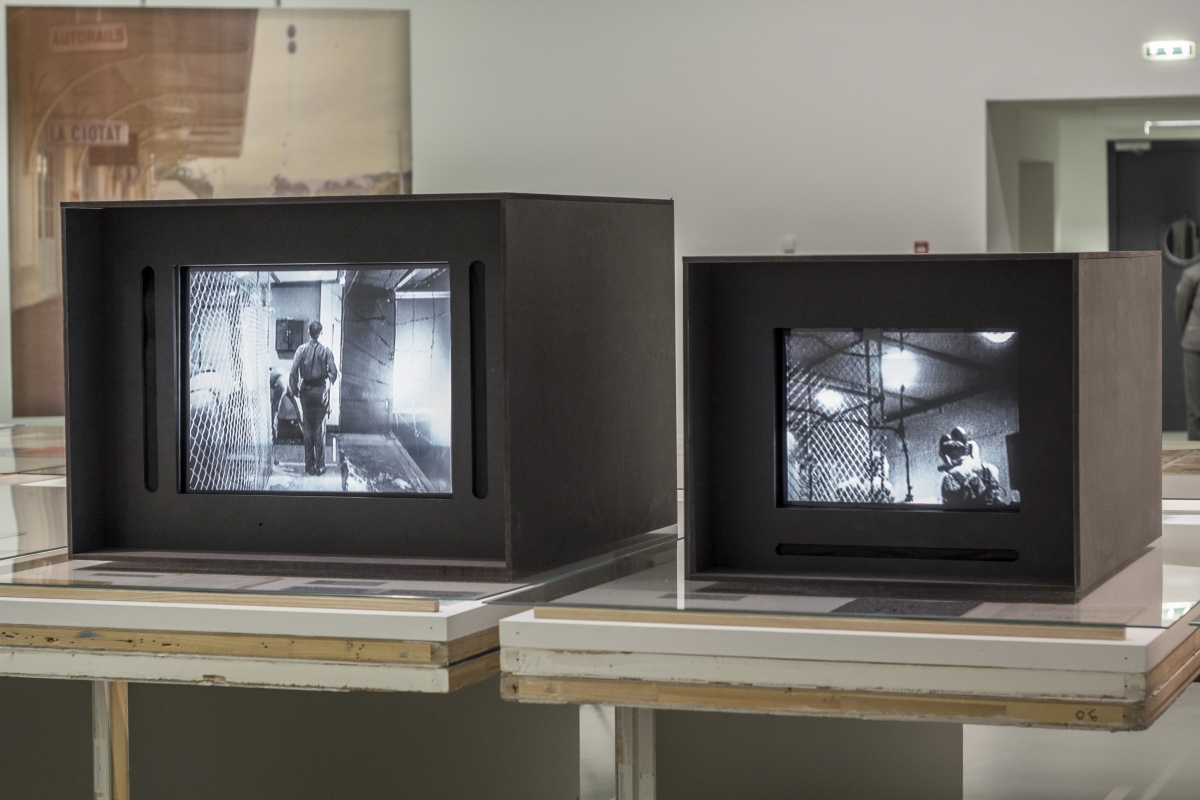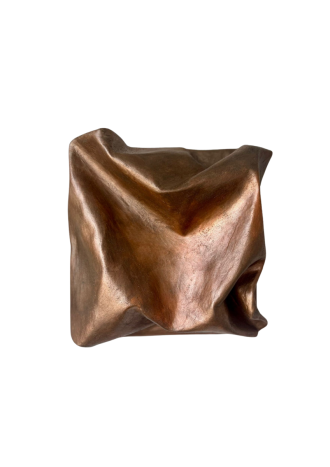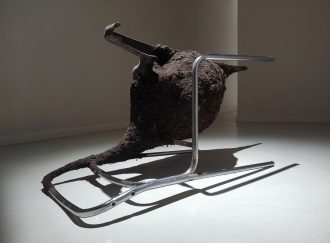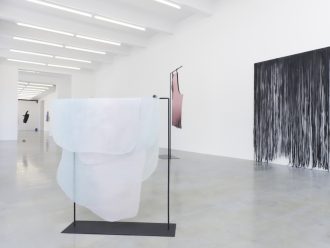Since the beginning of 2019, the world has been witnessing an extensive series of events and exhibitions marking the creative legacy of Jonas Mekas (1922-2019). Over these years, the wish to contribute to the celebration of the late artist’s life and work has unprecedently united the programming plans of major art institutions in Lithuania, as well as attracting much attention among non-professional audiences, in both cases a relatively rare phenomenon. Mekas, a postwar Lithuanian émigré in New York, despite spending most of his life in the USA, always remained close to his Lithuanian ‘peasant’ ancestry, and that is probably one of the reasons why his personality and artistic work have always been so enthralling to Lithuanians. However, despite his popularity with different generations here, his image in the local collective consciousness remains somewhat porous and fragmented. Especially when it comes to his affiliation with the American avant-garde film scene, which due to the cultural censorship and political restrictions imposed by the Soviet regime throughout the almost entire second half of the 20th century, remained obscure and relatively unknown to Lithuanian audiences until the mid-1990s.

‘Jonas Mekas and the New York Avant-Garde’, 2021/22. National Gallery of Art, Vilnius. Photo: Ugnius Gelguda
The recent exhibition ‘Jonas Mekas and the New York Avant-Garde’ at the National Gallery of Art in Vilnius (curated by Inesa Brašiškė and Lukas Brašiškis) could be seen as an attempt to fill these gaps in knowledge formed amid the allochronic developments of the two worlds. Followed by a publication (published by Yale Press, and co-published by the Lithuanian National Museum of Art and the Jewish Museum of New York), and a one-day symposium of talks and presentations by international scholars and artists, the exhibition focused on introducing an expanded view of Mekas’ path towards becoming a central figure in the experimental film movement in New York from the 1960s onwards. In order to do so, the focus has been purposely shifted from Mekas as a well-known poet and filmmaker in the exhibition to highlight his active undertakings as a key administrator and organiser, founder of institutions, and a devoted advocate and aficionado of the avant-garde film scene. It is indeed partly for these rather functional hats today that Mekas is frequently referred to as ‘the godfather of avant-garde cinema’.
To turn an art museum exhibition into an archival display of documents, and partly devote it to a reconstruction of particular instrumental processes, such as, for instance, the complicated and bureaucratic institutionalisation of the New American Cinema group, or the establishment of the Film Cooperative (Mekas played a significant role in both), is a risk from a curatorial point of view. Yet, as the exhibition succeeded in demonstrating, ‘invisible’ administrative and organisational work is not only crucial in the formation of any art movement, and therefore deserving of the commensurate curatorial attention; but also, as Mekas’ case demonstrates, it can be no less intriguing, inspiring and revealing. The same can be said about the exhaustive use of texts, documents, ephemera, and all sorts of supplementary material which required a different kind of engagement from the audience in the exhibition. The opportunity to follow Mekas’ extended story through his own writings, in the form of original newspaper cuttings, typewritten notes, and handwritten manifestoes, provided direct, unmediated access to his intellectual processes, and to his development throughout the years as a vivid and influential critical voice of the cinema scene.
Mekas himself did not like to be seen as a film critic, and preferred a role as a ‘midwife’ of films. This dissociation, rather elegantly played out, helped him shake off responsibility as a powerful critic; but it claimed a no less important position as a mediator and a guardian of film art. One of the best embodiments of this self-appointed role was his own ‘Film Journal’ section in the local weekly the Village Voice, which he wrote for more than two decades (1959 to 1975). Through his ‘Film Journal’, Mekas became a chronicler of avant-garde film. As he recalled in the 1970s, ‘I had to extract, hold, protect all the beautiful things I saw in cinema that my fellow writers and the public either butchered or ignored.’[1] But it is clear that for Mekas the film world extended far beyond the film screen, as recollections of real-life events that surrounded the avant-garde scene, festivals, adventures, travels, private conversations with comrades, disputes with the police, as well as biographies of the artists themselves, made up a significant part of this column. Like his diary films, which today act as a kind of time capsule, it offered its diverse audience, as it does today, a glimpse into the intriguing bohemian everyday life of the underground movement, consisting largely of what could now be considered a group of leftist, working-class, immigrant artists, experimenting on the borders of moral transgression and the rejection of established cinema formats.

‘Jonas Mekas and the New York Avant-Garde’, 2021/22. National Gallery of Art, Vilnius. Photo: Ugnius Gelguda
In the supplementary publication ‘Jonas Mekas: The Camera was always Running’,[2] the writer and film curator Ed Halter interestingly traces how Mekas’ active work as one of the most prominent (and loudest) agitators, advocates and chroniclers of avant-garde film made him a recognisable public figure in 1960s New York. Due to his enthusiastic promotion of cinematic art, which sometimes resembled passionate preaching, Mekas was frequently portrayed by the media as an exotic priest of underground movies, a prophet and a guru of film. However, as Halter points out, this portrait painted by the media did not always coincide with how Mekas was seen by his colleagues in inner circles on the scene. According to George Kuchar, who is quoted in the same article, Mekas’ fame, and perhaps the fact that he was the only person who at that time wrote systematically about experimental film, made him a powerful figure, equally hated and feared for it.
Sceptics who choose to see Mekas as a clever manager who took advantage of the position and the light of his famous friends still exist. Stories of personal gain derived from collective symbolic capital (and the history of movements is full of them) are usually ones of complexity and bias, where reasoned arguments and facts are often replaced by impartial judgments and misrepresented positions. Nonetheless, this documental reconstruction of social entanglements inside the art movement can be good grounds for revisiting some of these allegations. As the exhibition clearly revealed, in the long-run, Mekas was able to direct his energy, attention and position for both personal and collective benefit. The Film Anthology Archives, the only independent museum dedicated to film as art, which is still operating in New York, is one of the most obvious embodiments of it. It is also important to say that, while retrospectively interpreting events of half a century ago, we should not ignore current ethical and social imperatives that inevitably limit any impartial comprehension of past societies and their behavioural patterns. In other words, in times defined by neoliberal ideals and individualised gain, is it even possible to understand the fluid boundaries between personal and the communal, between collective and individual actions that defined art movements in the 1960s and 1970s?
An attempt to see the New York avant-garde as the result of collective creative energy concentrated in a specific time and space can also be felt in the curatorial decisions of the exhibition, especially in its screening programme, where, in addition to Mekas’ films, works by other important avant-garde artists, such as Maya Deren, Stan Brakhage, Marie Menken, Storm De Hirsch, Shirley Clark and Andy Warhol, were selected. This expansion of the programme allowed us to experience Mekas’ films in their natural habitat, as well as to see to what extent these artists acted as an intellectual and creative influence on each other. And indeed, it is hard not to notice connections that bind, for instance, Mekas’ diaristic glimpses with the cinematic poems of Menken, a kindred spirit and an inspiration to him. Another interesting example of creative exchange connects Mekas’ experimental film The Brig with the iconic Empire by Warhol, both created in 1964. From the stories subtly woven in the exhibition, we learn that in that year, inspired mainly by the Canadian cinéma vérité movement, Mekas consistently wrote and thought about ways films could be used for the unscripted, direct representation of reality. He not only applies these ideas to his own documentation of the Living Theater performance, but also contributes to the creation of the Empire, those author, Warhol, he praises as the most productive and purest genius of ‘direct cinema’.
Through this thorough presentation of one man’s life archive, ‘Jonas Mekas and the New York Avant-Garde’ unfolded in front of my eyes as an incredibly rich piece of social history. And yet the exhibition succeeded in avoiding the over-amplification of Mekas’ story into some kind of heroic mythological narrative. As in his diary films, physically present in all those captured moments and events, Mekas manages not to become the gravitational centre, but remains a powerful voice behind the lens, a silent chronicler, as if his narrations and representations have the ability to penetrate deep into our consciousness, and become an authentic part of it. Capturing and extracting the essence of the chaotic environment that surrounded Mekas was a way for him to cope with and process the reality itself, and, in a way, it serves the same purpose for his audiences today. His almost century-long journey ended in 2019; however, as this exhibition and other current reflections on Mekas’ legacy have clearly demonstrated, there will be enough material for new encounters with this creator and his world for many years to come.
[1] Jonas Mekas, Movie Journal: The Rise of a New American Cinema, 1959–1971, Collier Books, 1972, p. ix.
[2] Jonas Mekas: The Camera was always Running, ed. Kelly Texter, Inesa Brašiškė, Lukas Brašiškis, Yale University Press, 2022.

‘Jonas Mekas and the New York Avant-Garde’, 2021/22. National Gallery of Art, Vilnius. Photo: Ugnius Gelguda

‘Jonas Mekas and the New York Avant-Garde’, 2021/22. National Gallery of Art, Vilnius. Photo: Ugnius Gelguda

‘Jonas Mekas and the New York Avant-Garde’, 2021/22. National Gallery of Art, Vilnius. Photo: Ugnius Gelguda
























